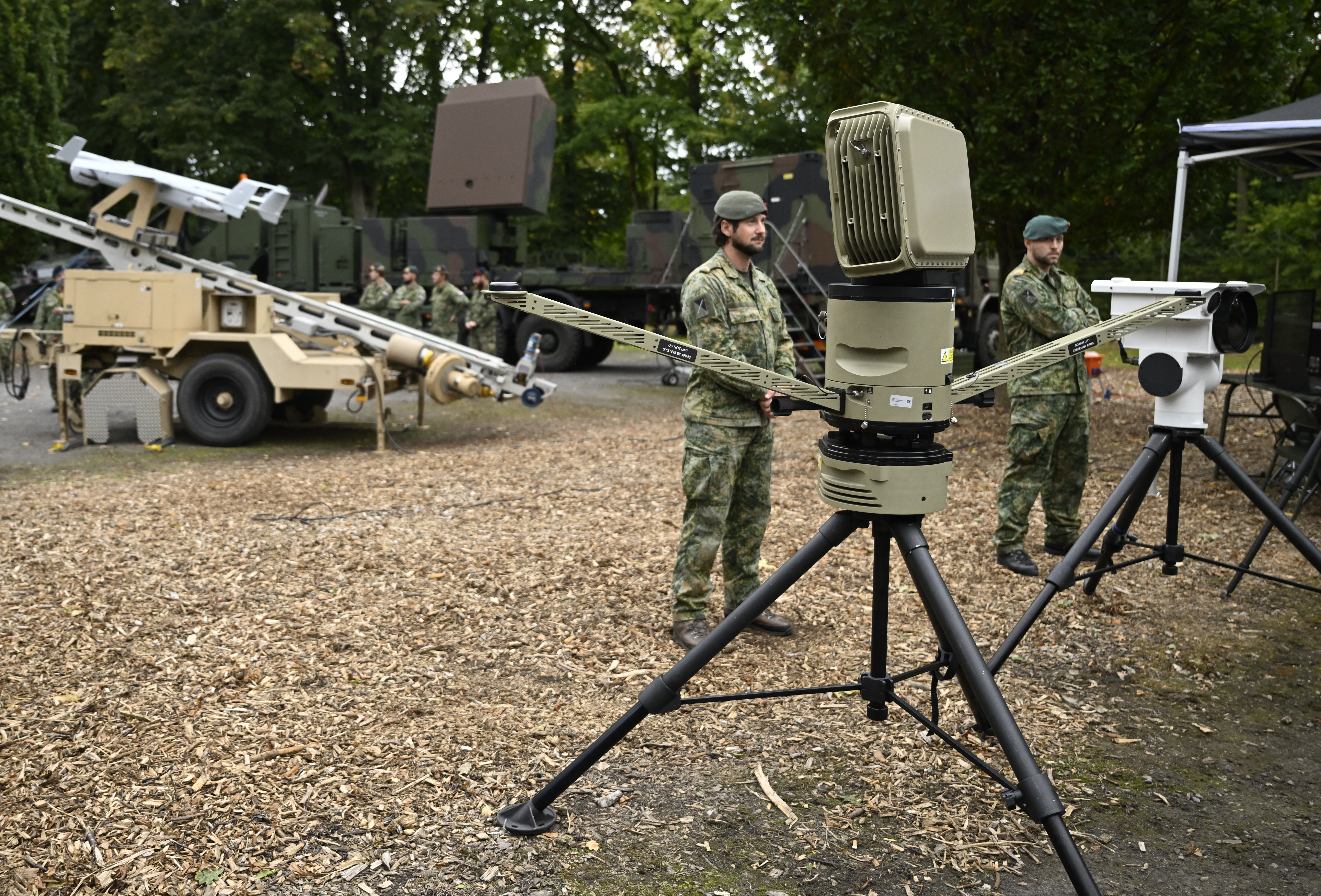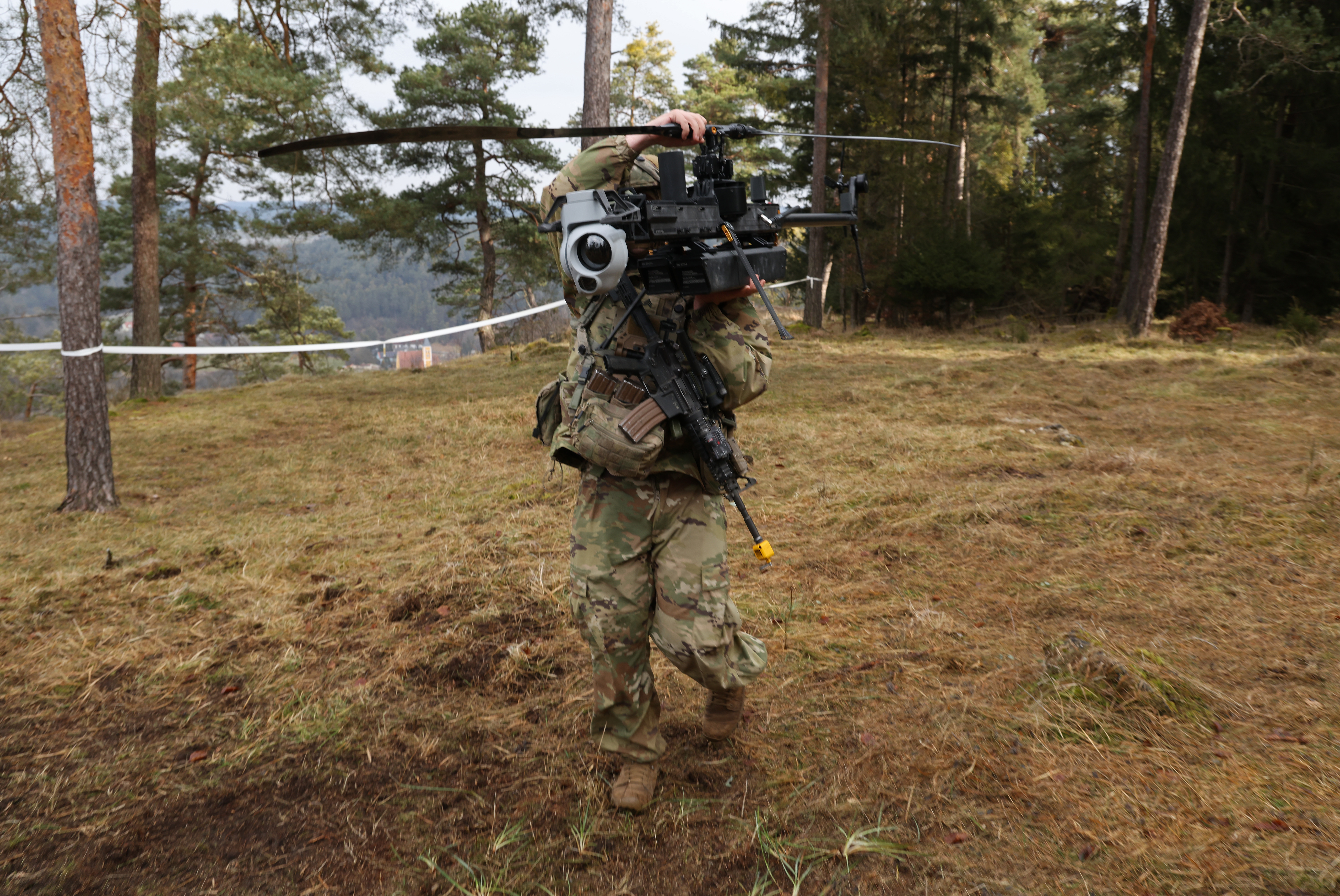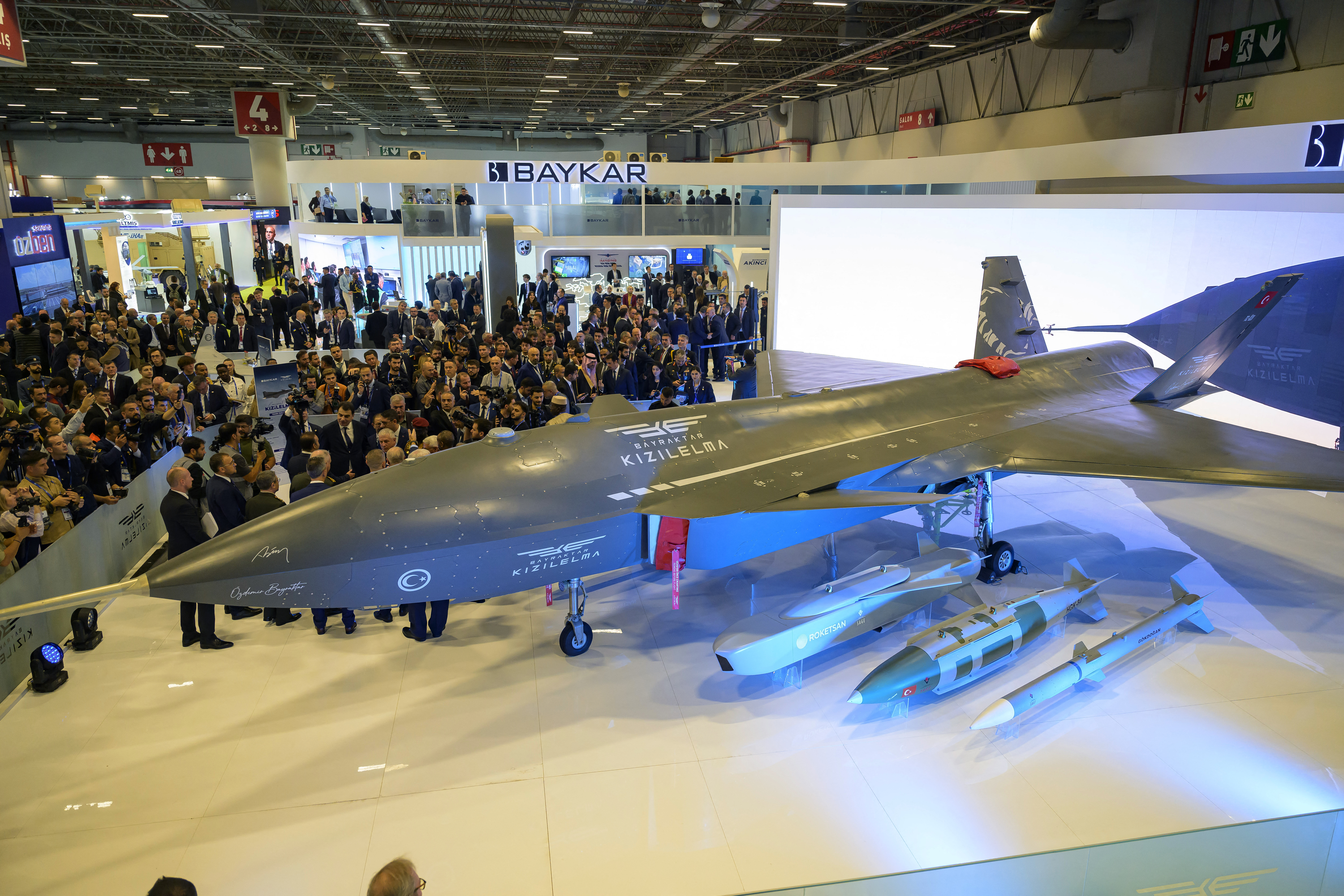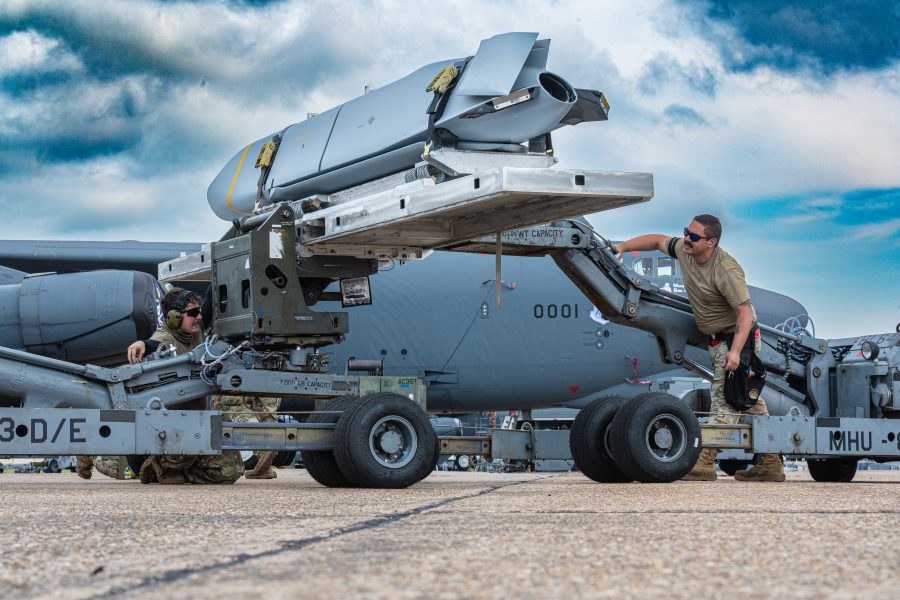
In a pair of major contracts announced July 31, the Pentagon awarded a combined $7.8 billion for new missiles.
The deals, with Lockheed Martin for the Joint Air-To-Surface Standoff Missile and Long-Range Anti-Ship Missile and RTX for the Advanced Medium Range Air-to-Air Missile, are expected to cover hundreds, if not thousands of munitions.
JASSM
Lockheed’s contract for JASSM and its “ship-killing” variant is worth $4.3 billion, covering five lots of JASSMs and four lots of LRASMs. The missiles will go to the Air Force and Navy, as well as Poland, the Netherlands, Japan, and Finland.
Roughly $1.4 billion is obligated at the time of the award, $1.1 billion of which is coming from Air Force coffers. Work is expected to last until January 2033.
The deal is a major step in the Pentagon’s new strategy of buying munitions in multiyear batches, a move officials say is necessary to provide a strong demand signal to industry and encourage companies to increase production capacity.
“Increasing JASSM and LRASM production is essential for American and allied national security, and Lockheed Martin is ready to answer the call,” Dave Berganini, vice president of hypersonic and strike systems at Lockheed’s Missiles and Fire Control division, said in a statement. “We are leveraging our advanced manufacturing capabilities and investing in our production facilities to quickly and affordably deliver these critical capabilities warfighters need to maintain a strategic edge and protect our nation from emerging threats.”
A company spokesperson deferred to the Air Force on how many missiles the contract award will cover. An Air Force spokesperson could not immediately comment.
However, a Pentagon acquisition report published in July 2024 noted that the five JASSM lots being negotiated at the time were expected to include anywhere from 550 to 810 rounds apiece. The four LRASM lots were each estimated to include somewhere between 120 and 240 rounds.
Air Force documents state that the service’s 2025 budget—the first in the multiyear procurement buy— covered 450 JASSMs and 115 LRASMs. The 2026 budget request is supposed to cover 389 JASSMs and 118 LRASMs, using a mix of the base budget and reconciliation funding recently passed by Congress.
However, the documents also indicate that the maximum production rate for JASSMs in 2026 could hit 860 missiles, while the LRASM rate would max out at 240.
AMRAAM
The AMRAAM contract, worth $3.5 billion, is the biggest deal inked in the program’s history.
The two-lot contract will produce missiles for the Air Force, Navy and a wide variety of allies, including Denmark, Belgium, Japan, the Netherlands, Canada, Finland, Germany, Hungary, Spain, Poland, Sweden, Taiwan, Lithuania, the United Kingdom, Australia, Switzerland, Ukraine, Israel, and Kuwait, according to RTX.
Of the $1.5 billion obligated right now, $590 million is coming from the Air Force. Work is expected to continue into 2031.
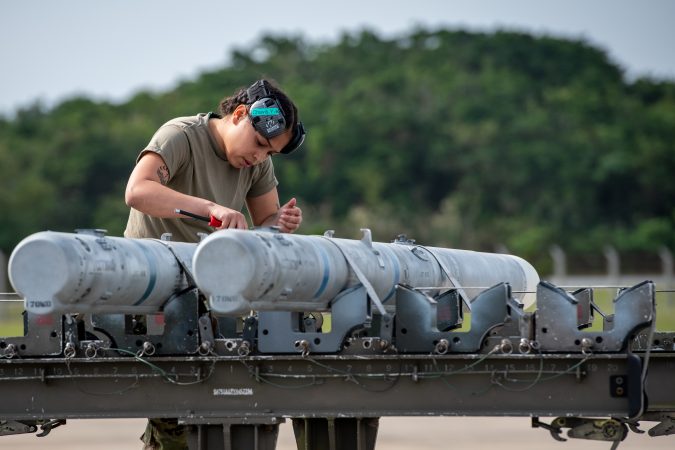
“As global conflicts intensify and air threats become more sophisticated, AMRAAM continues to give allied forces a decisive edge in combat,” Sam Deneke, president of air and space defense systems at RTX unit Raytheon, said in a statement. “This award underscores the critical role that the fifth-generation AMRAAM plays in maintaining air superiority and will ensure service members have the advanced technology needed to stay ahead of adversary threats.”
A company spokesperson deferred to the Air Force on how many missiles the contract award will cover.
In the 2025 budget, the Air Force, Navy, and FMS procured 734 missiles total. The 2026 budget request includes 677, though more are covered by reconciliation funding.
Budget documents indicate RTX could max out production in 2026 at 1,200 missiles.
Missile Buys
Munitions funding has often been seen as a “bill-payer” for other priorities, but that’s starting to change.
Congress granted the Pentagon multiyear procurement authorities for certain munitions in the fiscal 2024 National Defense Authorization Act, responding to concerns about missile stockpiles dwindling from aid sent to Ukraine. Industry leaders have urged the government to invest in so-called “surge” capacity to respond to such contingencies, and DOD officials are using their new spending authorities more and more often.
Yet even with the hundreds of millions of dollars in the 2026 budget and the billions of dollars in contracts, lawmakers have indicated they want to push even harder.
In the reconciliation package that passed Congress in July, legislators included $1.3 billion to address diminishing sources, production, and expanded capacity for LRASMs and $525 million for the same for AMRAAM.
And senators this week offered a $7.3 billion boost over the Trump administration’s request for munitions and industrial base support next year.
“DOD has over a number of years failed to request funding for critical munition programs at their full achievable production rates, propose strategies to effectively work with industry, or request investments in the organic munitions industrial base to expand production capacity of critical munitions,” the Senate Appropriations Committee wrote in its draft of the 2026 defense budget, released July 31.
The contracts came the same day as the appropriators criticized the military’s slowness to use the power it was given to buy critical munitions in multiyear batches. Lawmakers called out AMRAAM program in particular, calling the time it took to issue a contract an “avoidable failure [that] has resulted in lost opportunities to stabilize the supply chain and further delays production.”
“These procurements should result in unit-cost savings, stability in the supplier base, industry investment in expanding and upgrading their facilities, and weapons being delivered at cost and on or ahead of schedule,” appropriators wrote.
Rachel S. Cohen contributed to this story.
The post Pentagon Awards $7.8 Billion in Contracts for Hundreds of New Missiles appeared first on Air & Space Forces Magazine.

Air, Air Force munitions, AMRAAM, JASSM, Lockheed Martin, Long-Range Anti-Ship Missile, LRASM, Munitions, munitions production, Raytheon, RTX
Air & Space Forces Magazine
[crypto-donation-box type=”tabular” show-coin=”all”]

